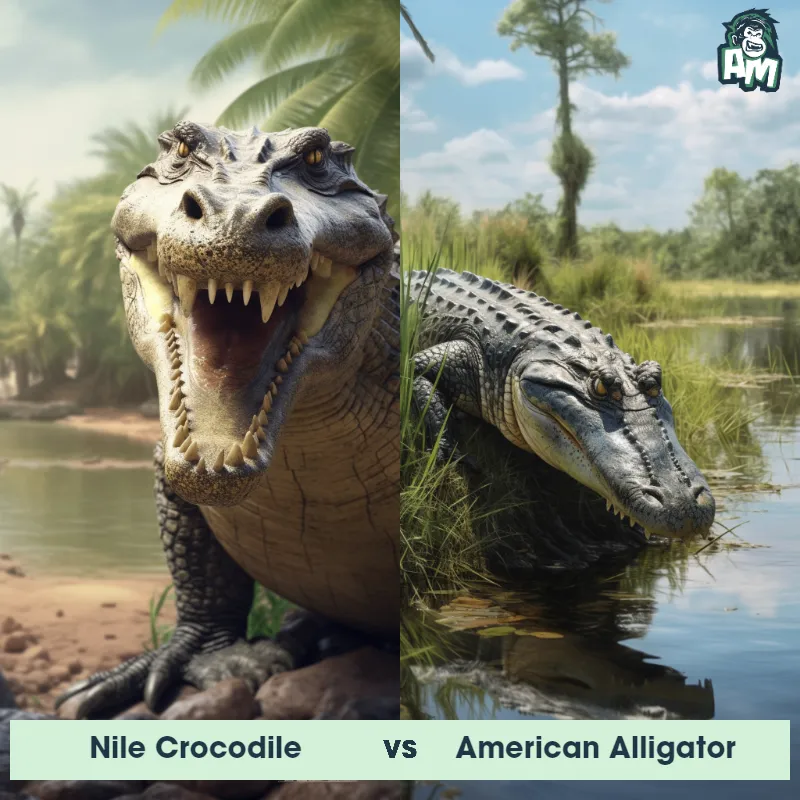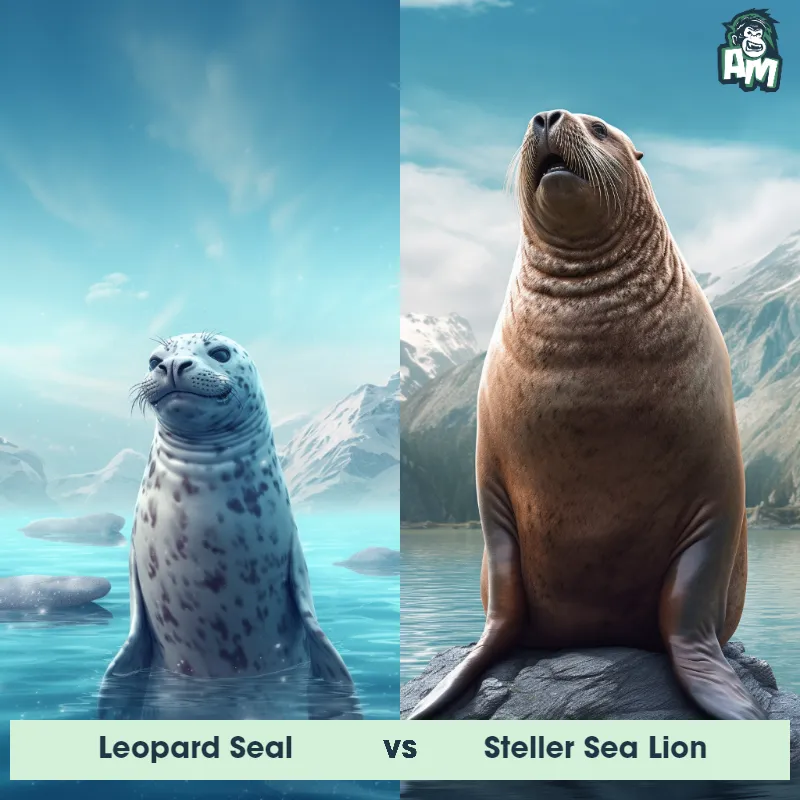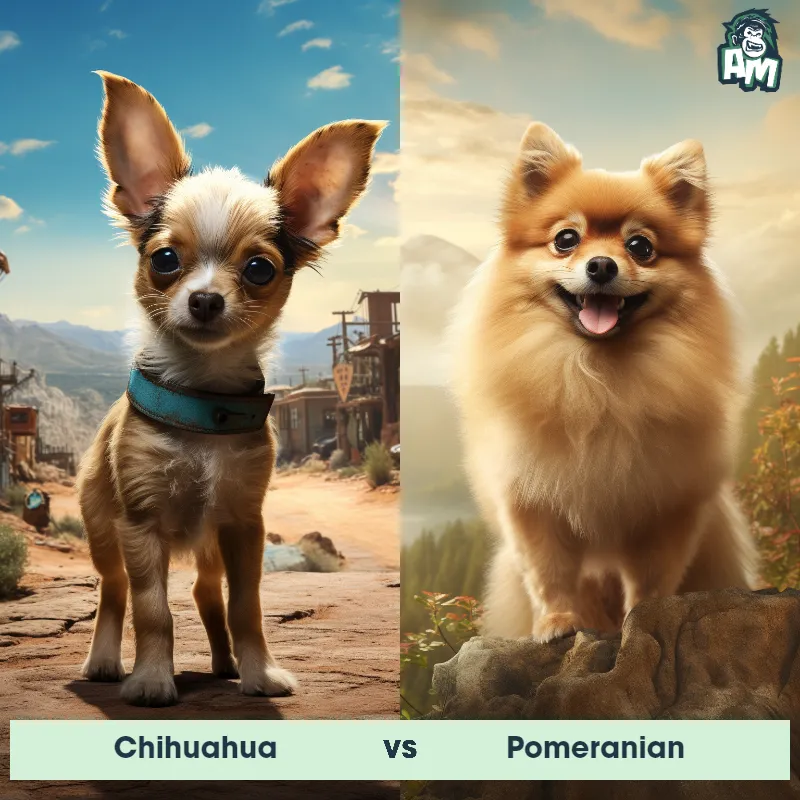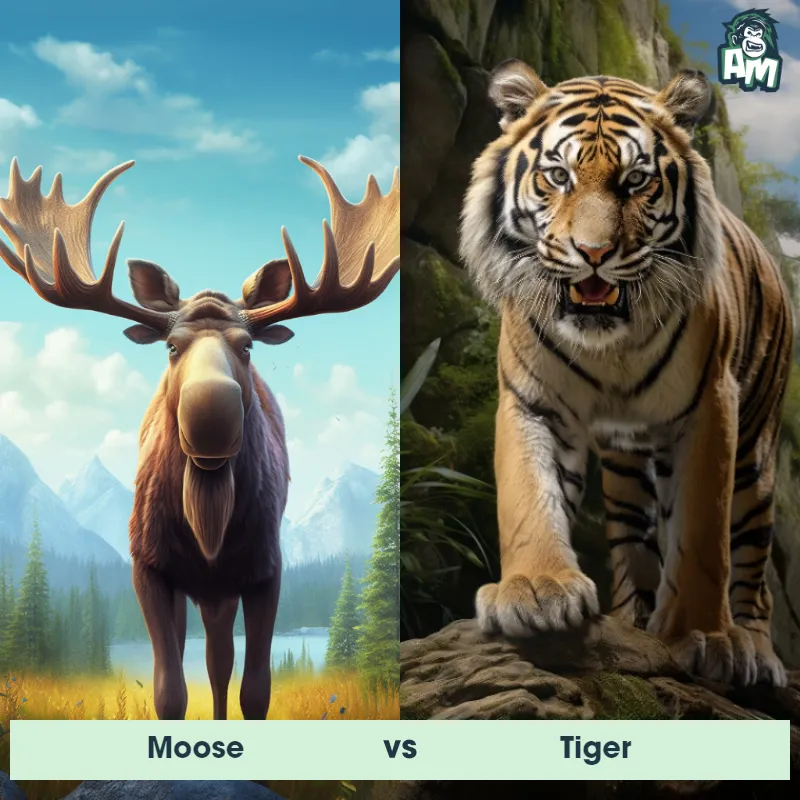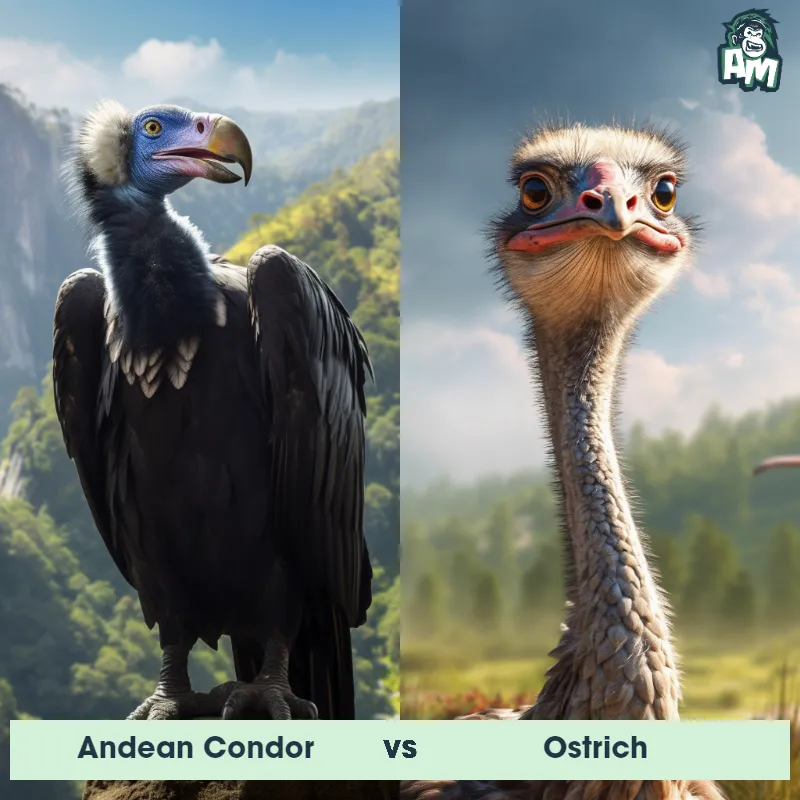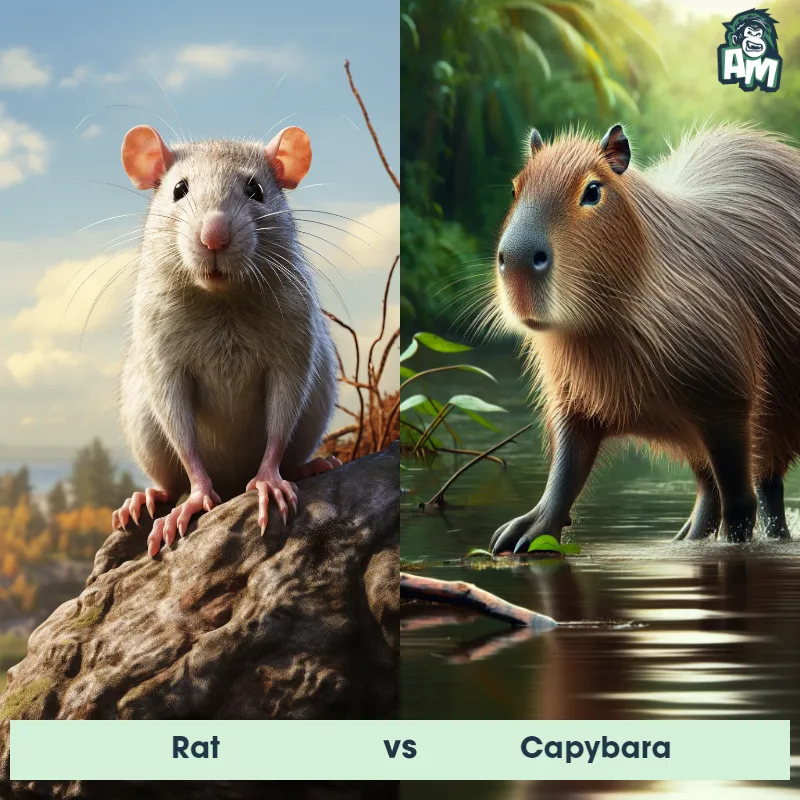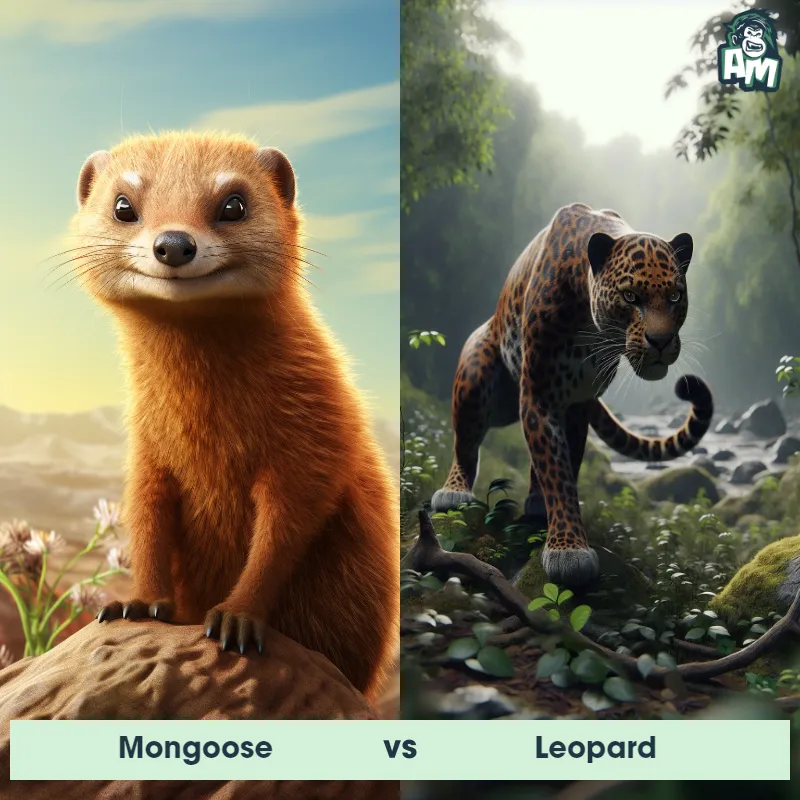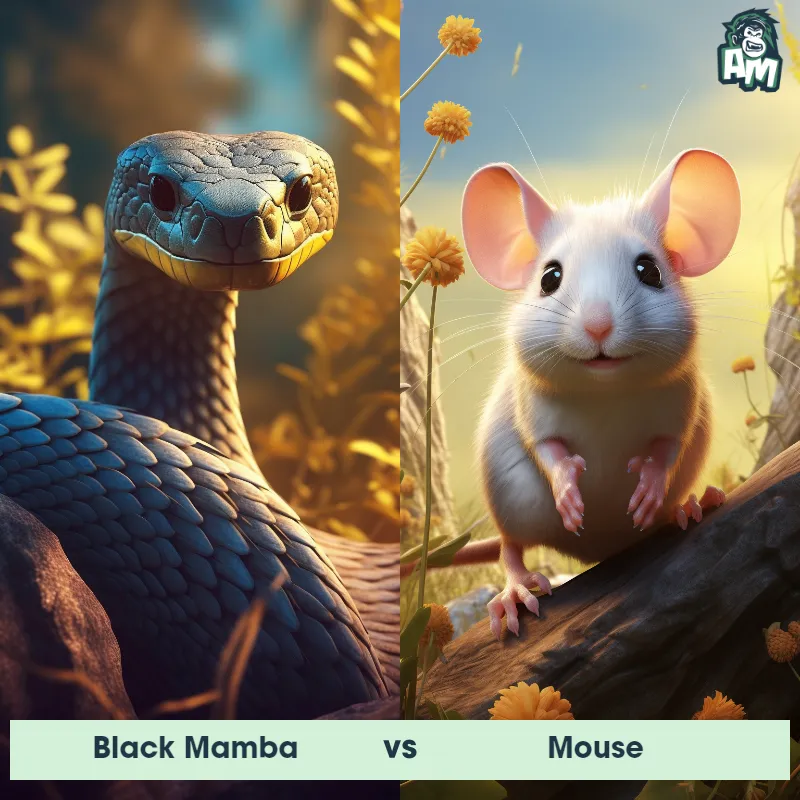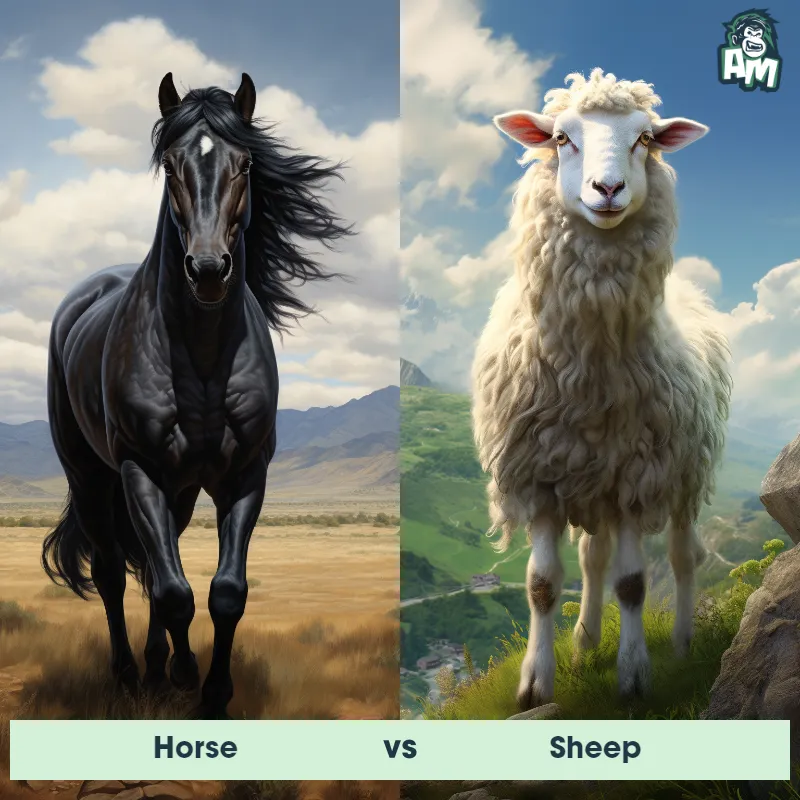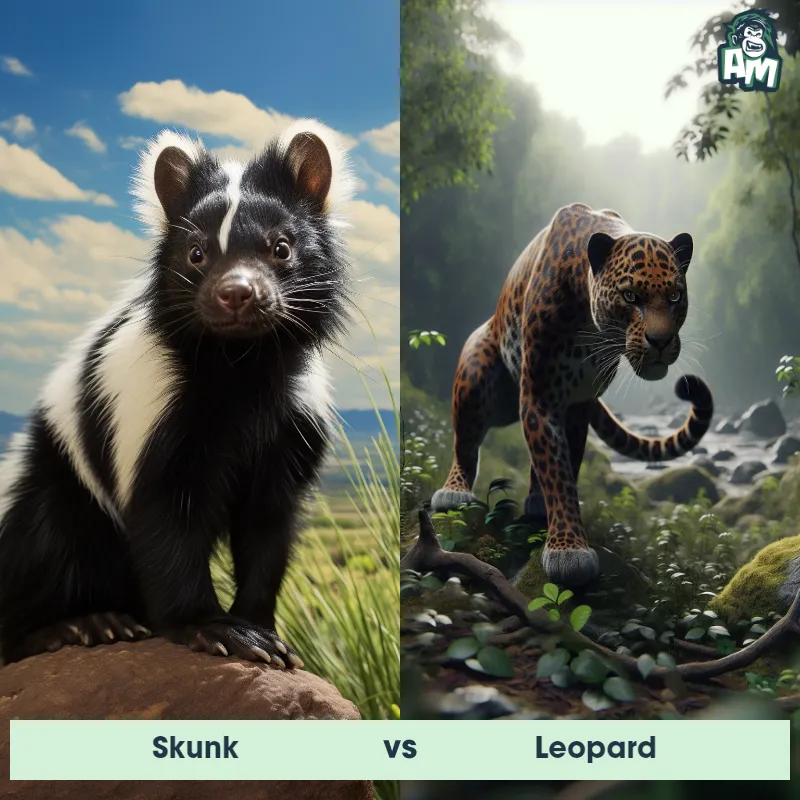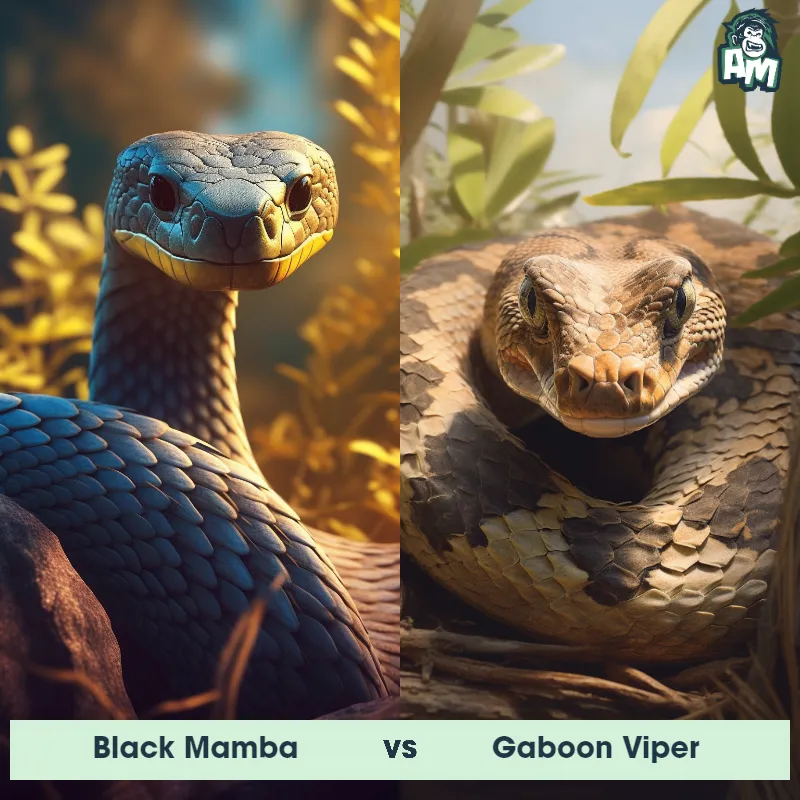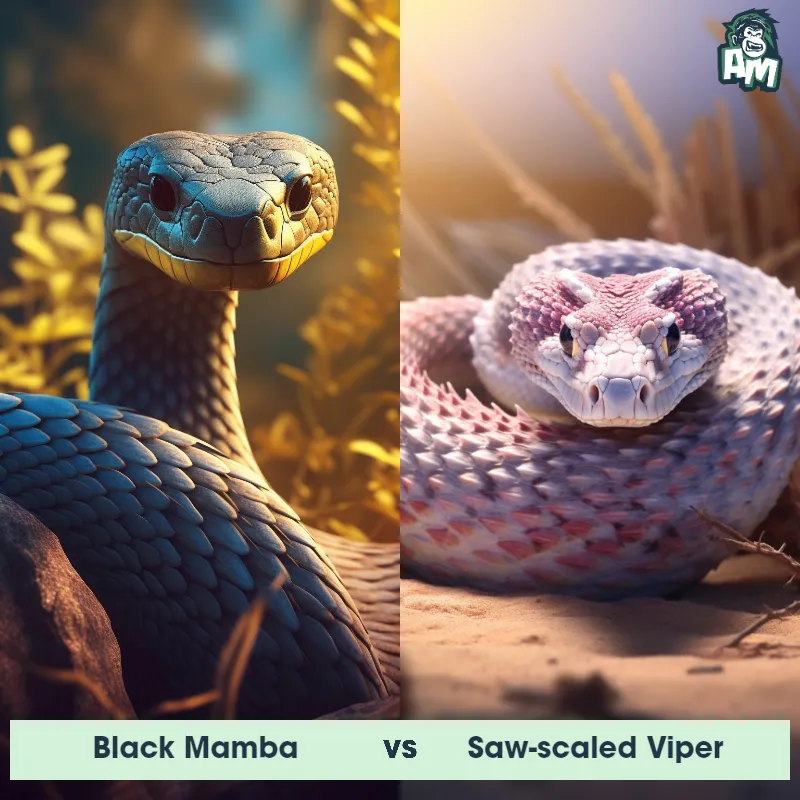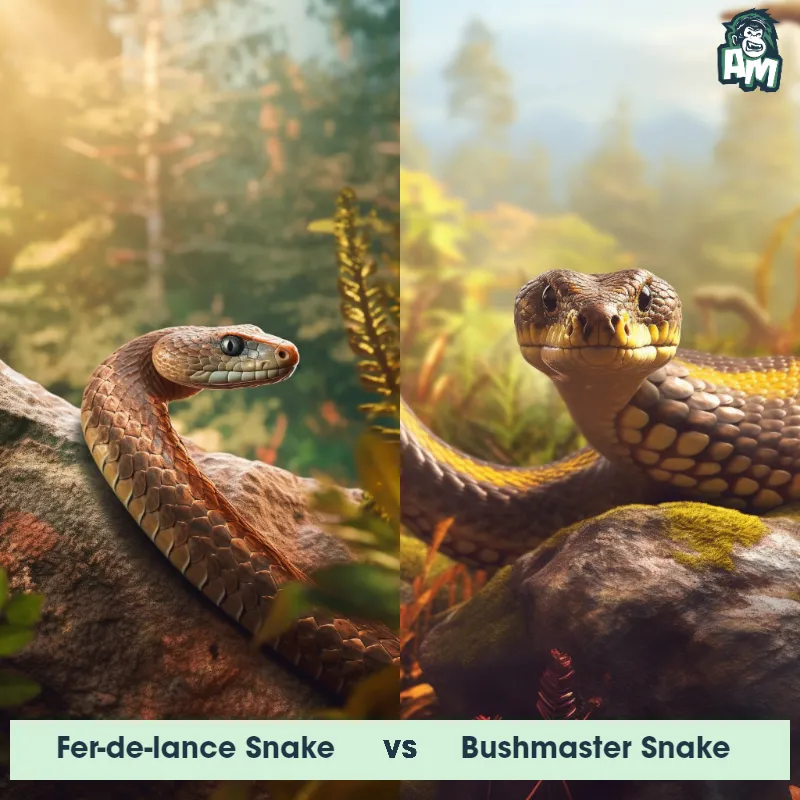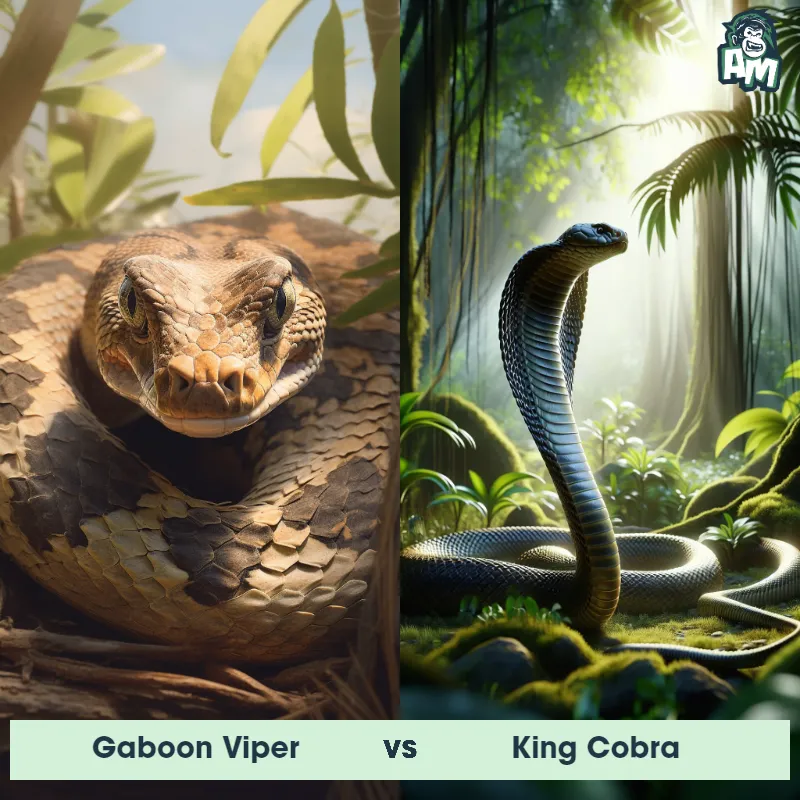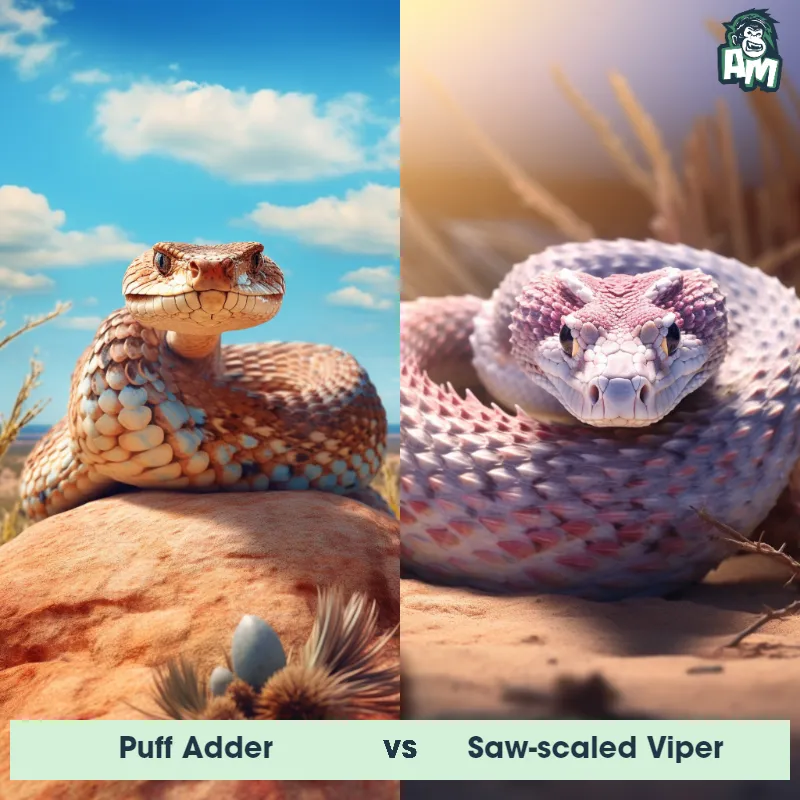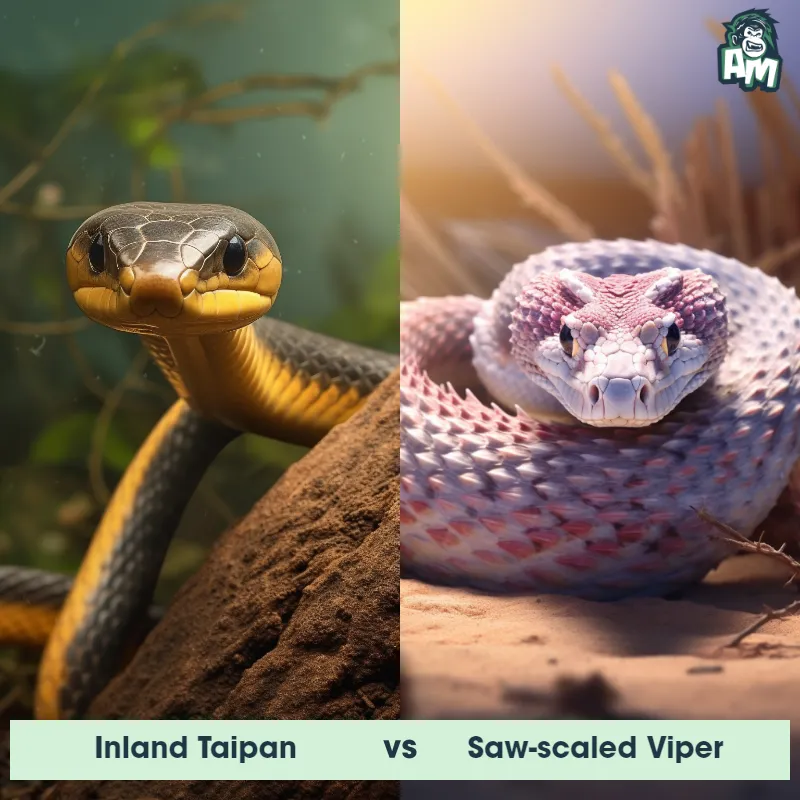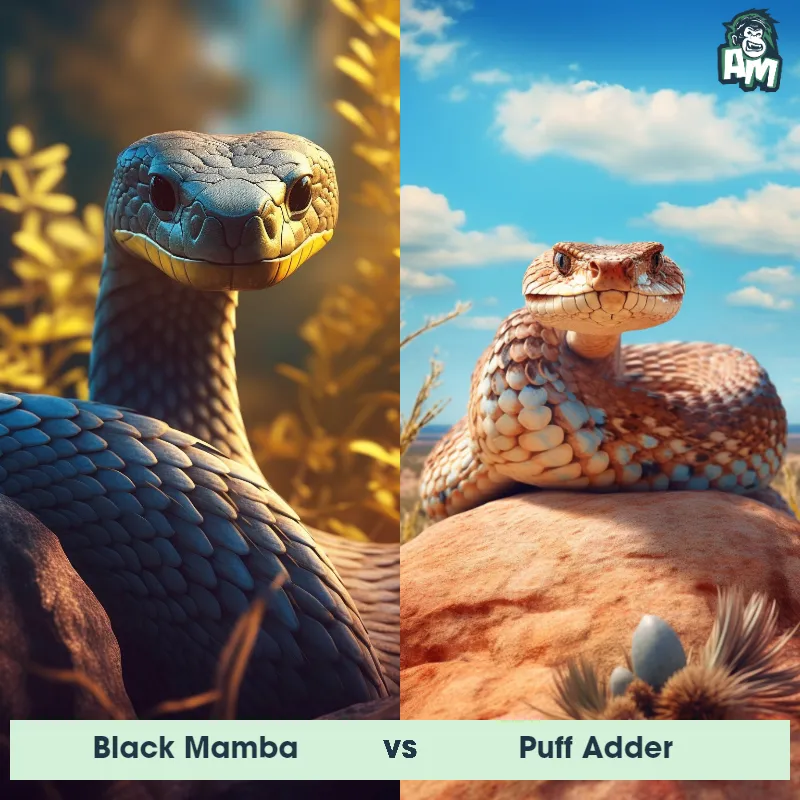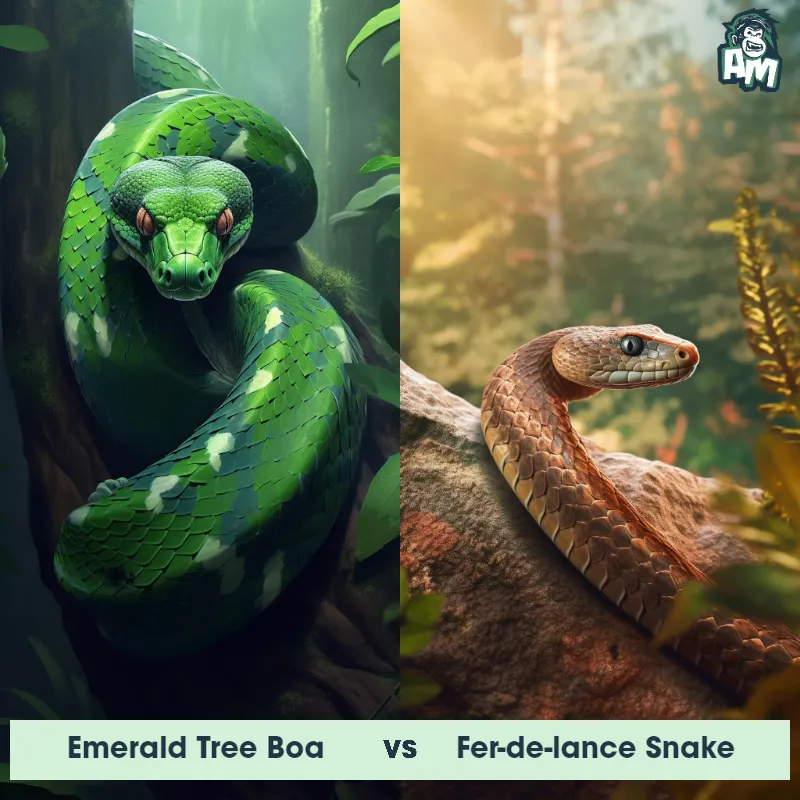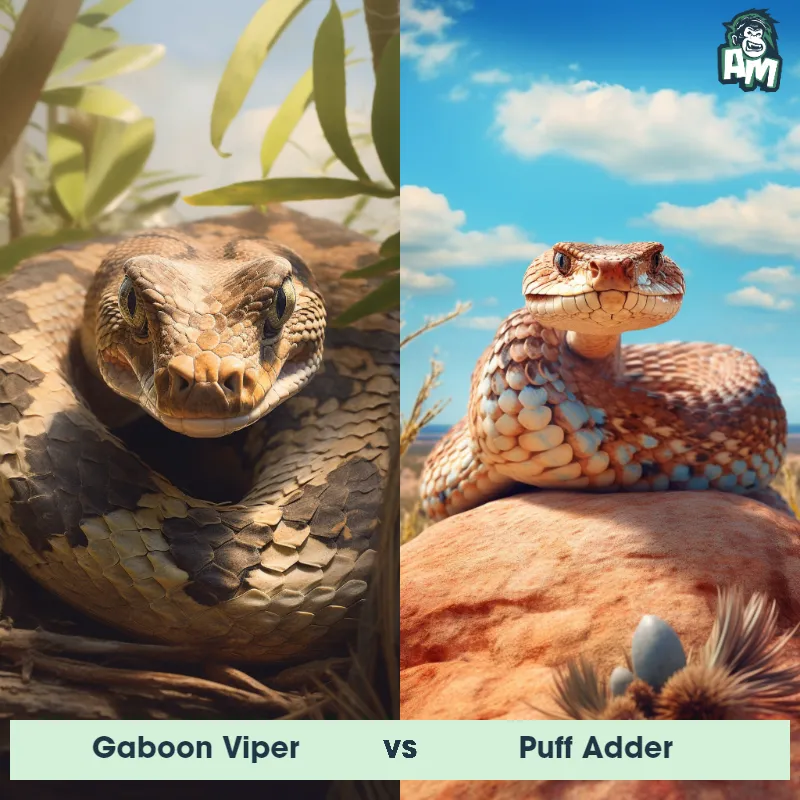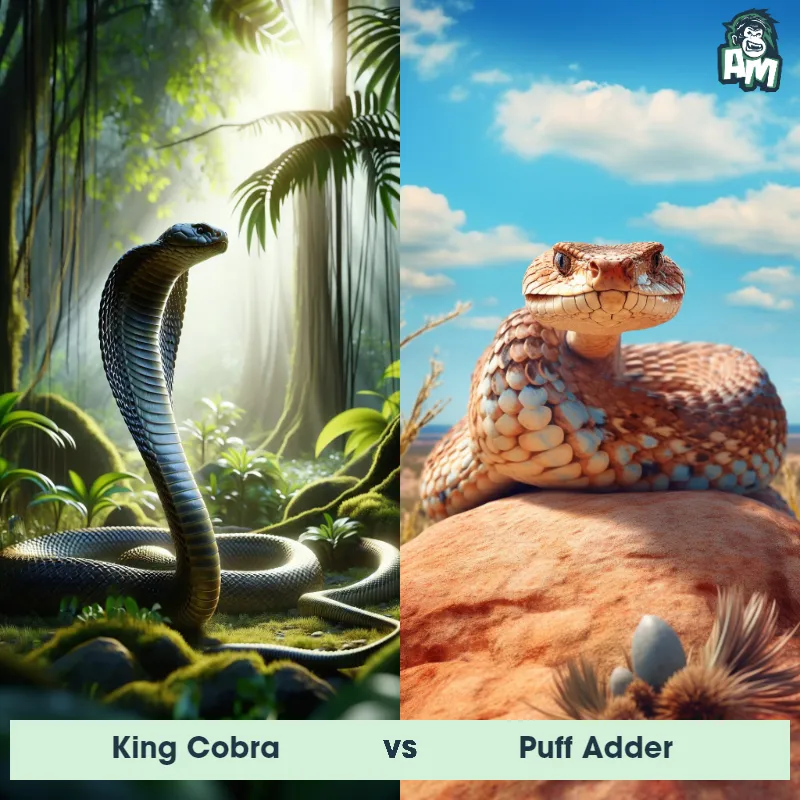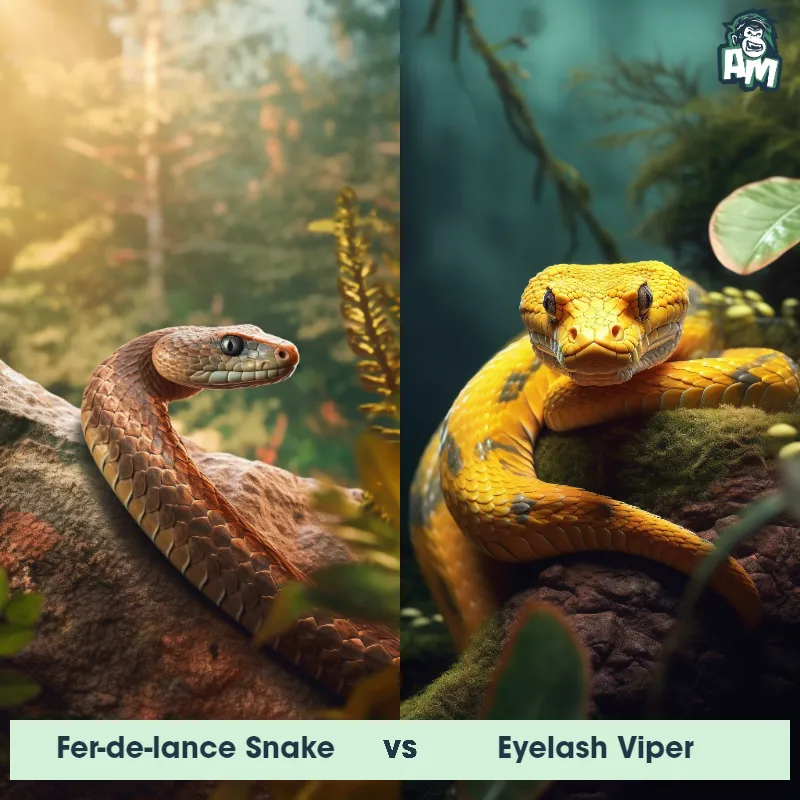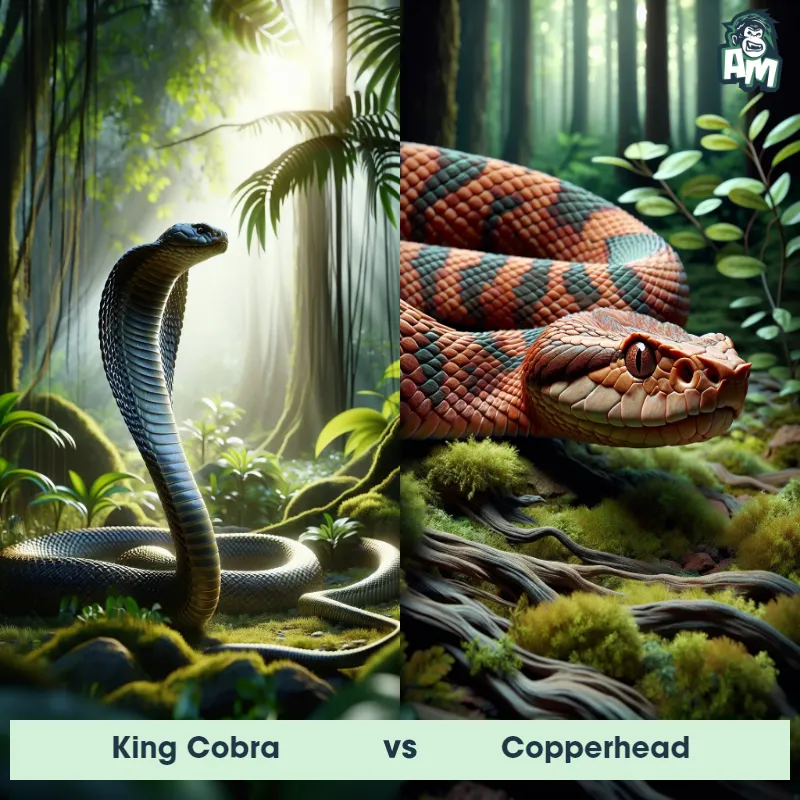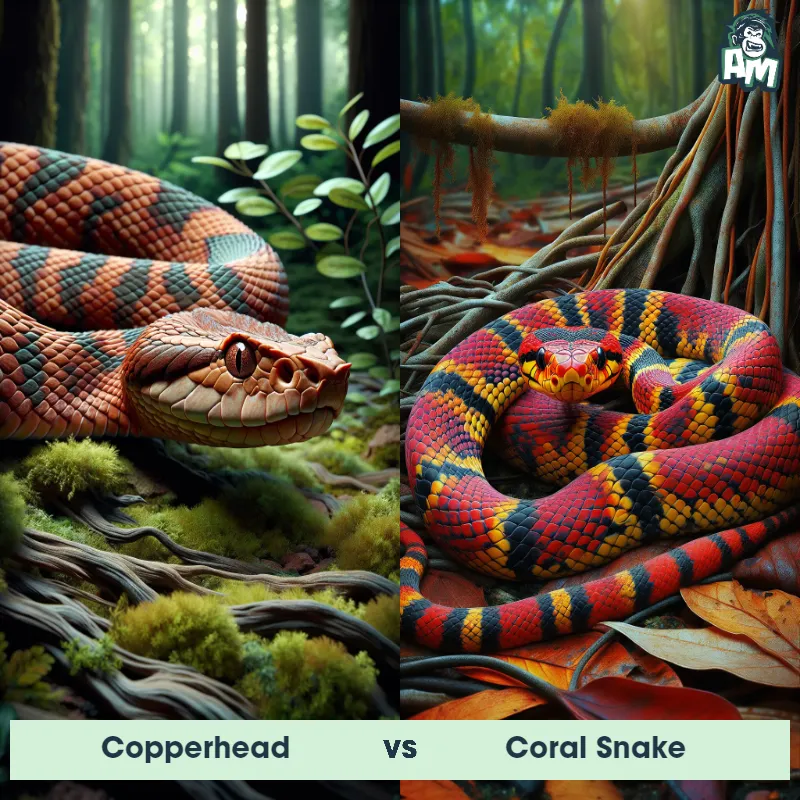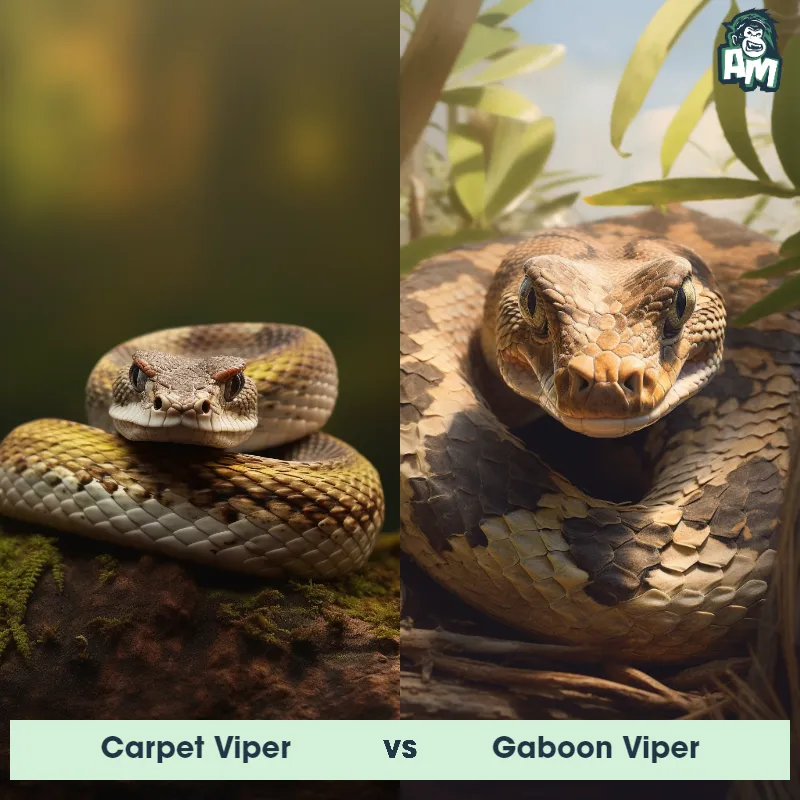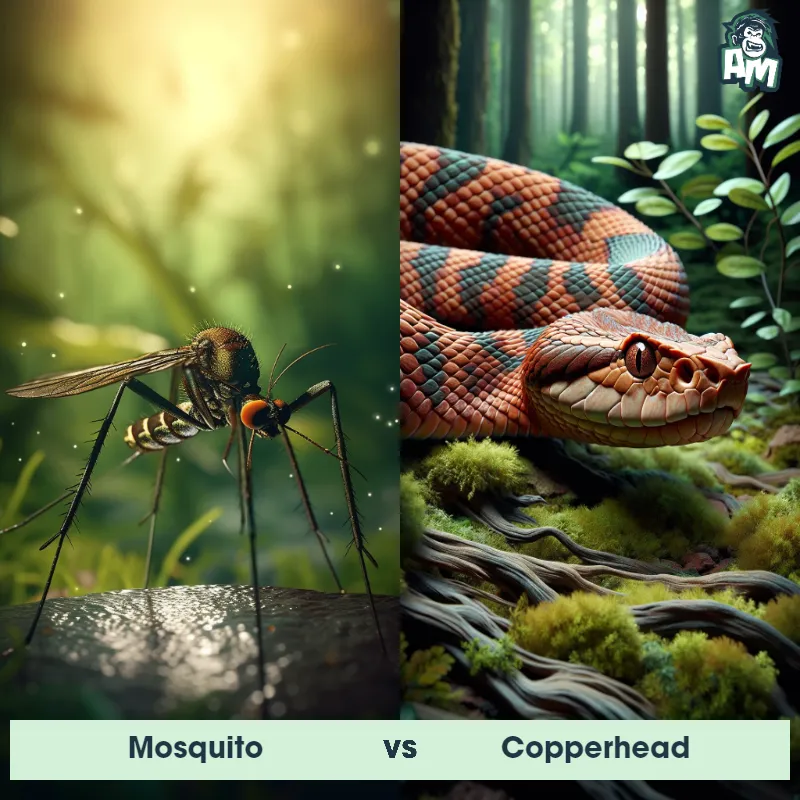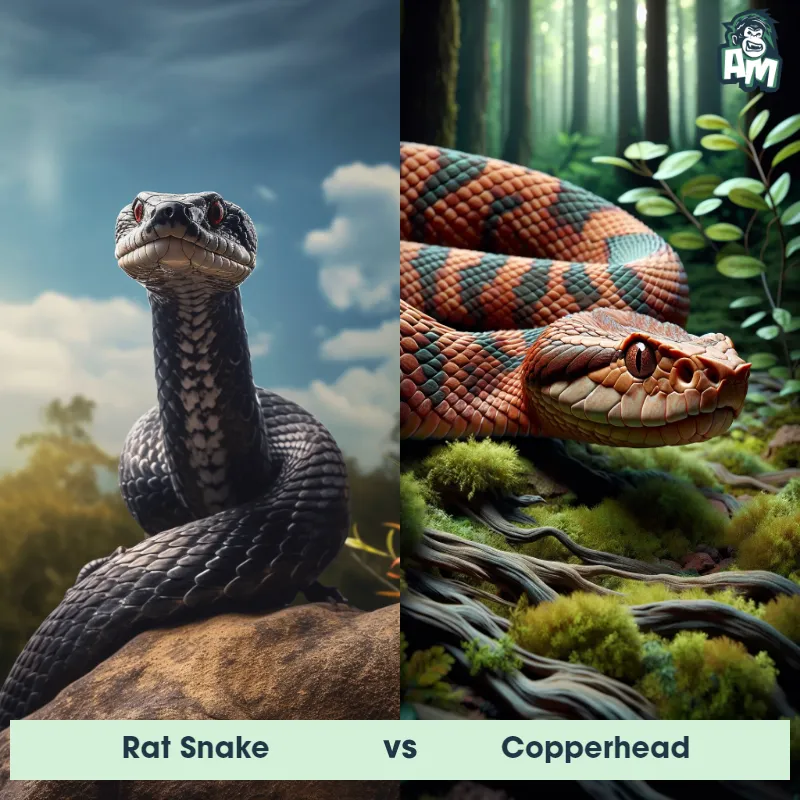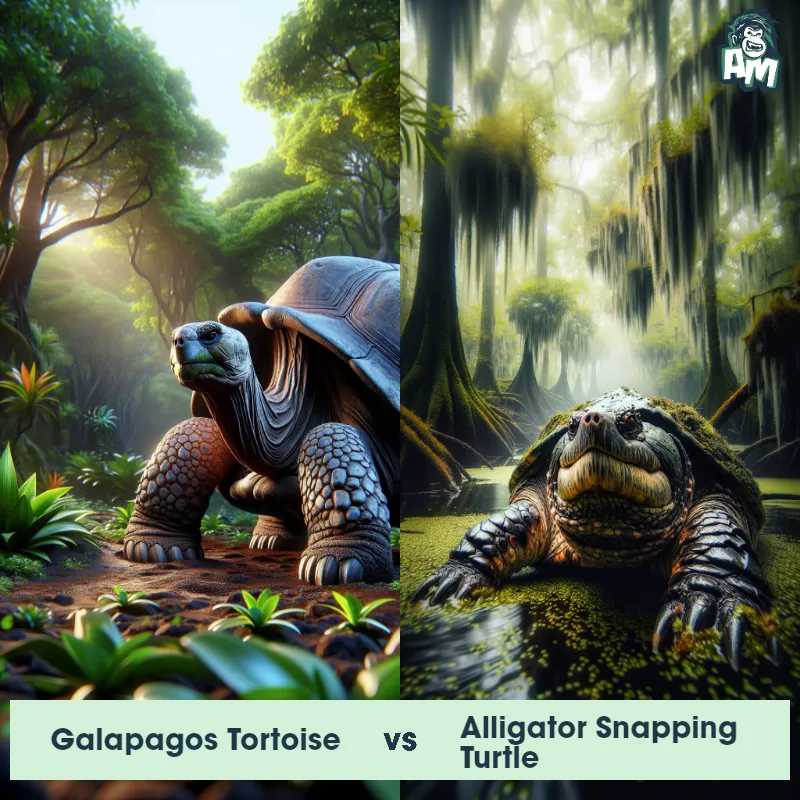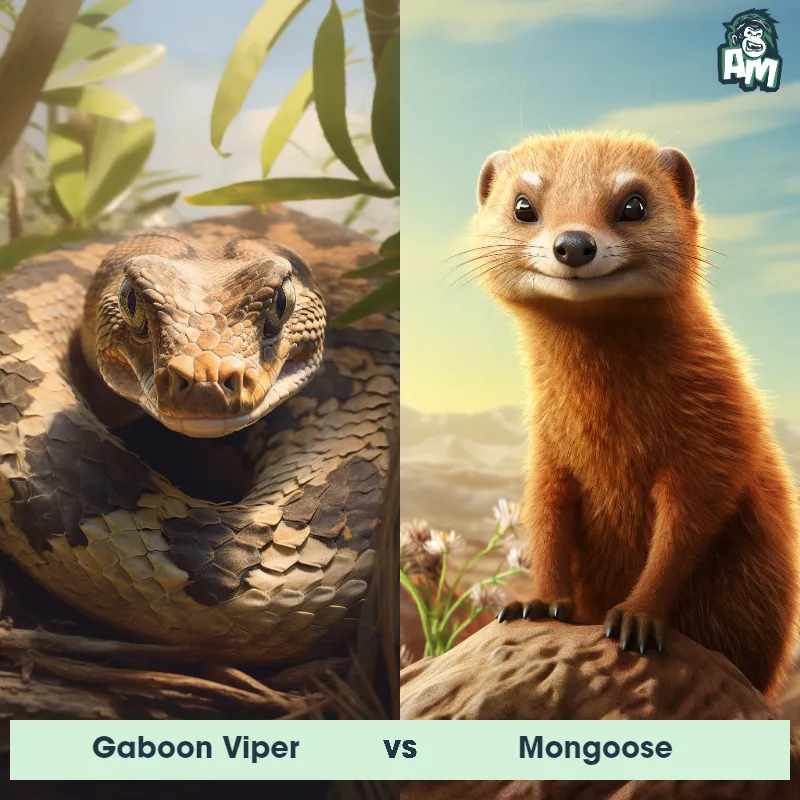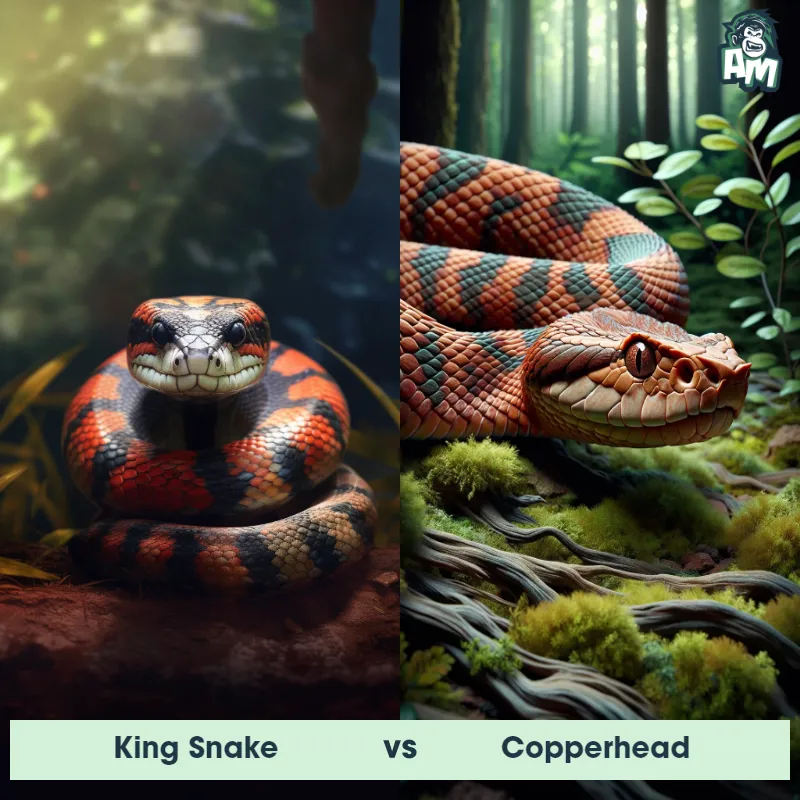Galapagos Tortoise vs Fer-De-Lance SnakeSee Who Wins

Welcome to the incredible matchup between a Galapagos Tortoise and a Fer-De-Lance Snake! Both of these animals have unique abilities that will make for an exciting fight tonight.
Contender 1: Galapagos Tortoise
The Galapagos Tortoise, also known as the giant tortoise, is one of the largest tortoise species in the world, with individuals often weighing over 500 pounds and measuring up to 6 feet in length. They have a distinct dome-shaped shell that protects their bodies, which can range in color from dark brown to black. These tortoises have long necks and limbs, enabling them to reach vegetation both on the ground and in trees. They are herbivorous, primarily feeding on grass, cactus, and leaves, and their lifespan can exceed 100 years.
Fun Fact: Galapagos Tortoises possess the ability to store water in their bodies, allowing them to survive for up to a year without drinking any water. This adaptation enables them to inhabit arid regions where water sources may be scarce.
Contender 2: Fer-De-Lance Snake
The Fer-De-Lance Snake, also known as the Bothrops asper, is a venomous pit viper found in Central and South America. It has a stout body, triangular head, and distinctive brown or grayish-brown scales with darker markings. Its venom is highly toxic and can cause severe tissue damage and even death in humans.
Fun Fact: The Fer-De-Lance Snake is responsible for more human deaths in Central and South America than any other snake species.
Matchup Stats
| Galapagos Tortoise | Fer-De-Lance Snake | |
|---|---|---|
| Size | Up to 6 feet in length (1.8 meters) | Up to 6 feet (1.8 meters) in length |
| Weight | Over 500 pounds (227 kilograms) | Up to 10 pounds (4.5 kilograms) |
| Speed | 0.3mph (0.48km/h) | Speed: 20 mph (32.19 km/hr) |
| Key Strength | Strong bite force | Venomous bite |
| Biggest Weakness | Slow movement speed | Vulnerable to larger predators |
Current Votes
Galapagos Tortoise vs Fer-De-Lance Snake
See Who Wins
View More Matches
Looking For More?
Similar Matches
Scientific Stats
| Galapagos Tortoise | Fer-De-Lance Snake | |
|---|---|---|
| Scientific Name | Chelonoidis nigra | Bothrops asper |
| Family | Testudinidae | Viperidae |
| Habitat | Terrestrial, inhabits forests, grasslands, and semi-arid regions. | Forests, grasslands, and agricultural areas |
| Geography | Endemic to the Galapagos Islands, Ecuador | Central and South America |
| Diet | Herbivorous, primarily grass, cactus, and leaves. | Small mammals, birds, lizards, and other snakes |
| Lifespan | 100 years - 150 years | 8 years - 20 years |
Key Differences between Galapagos Tortoise and Fer-De-Lance Snake
- Limbs: The Galapagos Tortoise has four sturdy legs with claws for digging, while the Fer-de-Lance Snake has no limbs and moves by slithering.
- Size: The Galapagos Tortoise is much larger, reaching lengths of up to 5 feet, while the Fer-de-Lance Snake typically grows to a maximum of 6 feet.
- Color: The Galapagos Tortoise has a brown or black shell with a yellowish underbelly, while the Fer-de-Lance Snake has a dark brown or black body with light yellow or cream-colored markings.
- Head: The Galapagos Tortoise has a large, round head with a beak-like mouth for feeding on vegetation, while the Fer-de-Lance Snake has a triangular-shaped head with venomous fangs for hunting prey.
- Habitat: The Galapagos Tortoise is native to the Galapagos Islands and can be found in arid grasslands and scrub forests, while the Fer-de-Lance Snake is native to Central and South America and inhabits tropical rainforests and grasslands.
- Shell: The Galapagos Tortoise has a distinctive dome-shaped shell that covers its entire body, while the Fer-de-Lance Snake has a smooth, elongated body without any shell.



